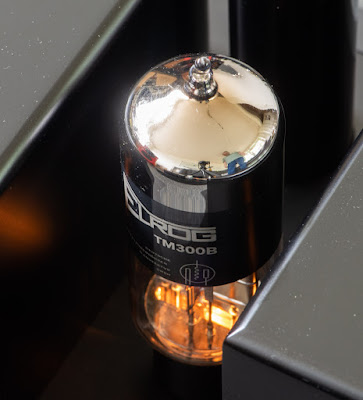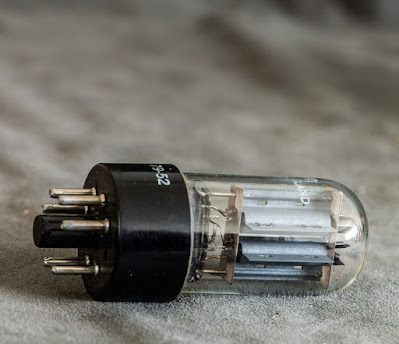Hi!
In August I published a post about the 4th anniversary of Deutsche Elektronenröhren Manufaktur GmbH in which I showed the new molybdenum version of our 300B, the ER300B-Mo. The development did not end there and our 300B line up is now joined by a third model.
Regular readers of my blog know how fond I am of the 46 tube. Unfortunately this tube delivers just up to 1.25W in single ended operation or a bit over 3W in a push pull configuration which severely limits the choice of speakers to go with that tube. So rather than merely developing an ELROG ER46 we decided to attempt to recreate the sound of the 46 in a tube which can deliver more power.
Another customer feedback:
They sound spectacular: more of everything, micro detail shimmer on cymbals, bite on trumpets, more nuanced soundstage, bass seems tighten and more defined as well.
I can confirm similar findings in my amplifiers. It is not a subtle difference but immediately noticeable. Of course these new tubes do not render the standard ER300B obsolete. It sill be continued to be offered along these new versions.
We did a minor change in the ER300B. We switched to a different supplier for the nickel used in the plates. The plates are thicker and have better thermal properties. This enabled us to leave out the black coating which we used to apply to the plates. So the plates are shiny now. In terms of performance and sound we did not see any change in this so it is purely cosmetic.
With the addition of the TM300B the ELROG portfolio consists of 13 tube types now. And we are able to offer a choice of different types to 300B users.
Best regards
Thomas





























































































































